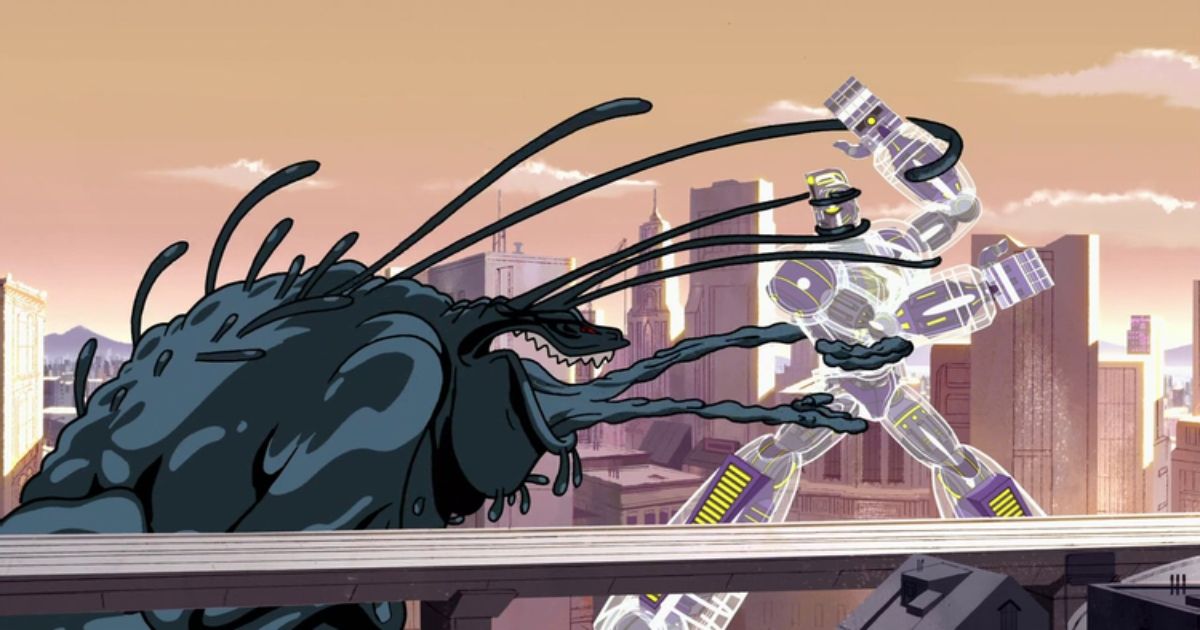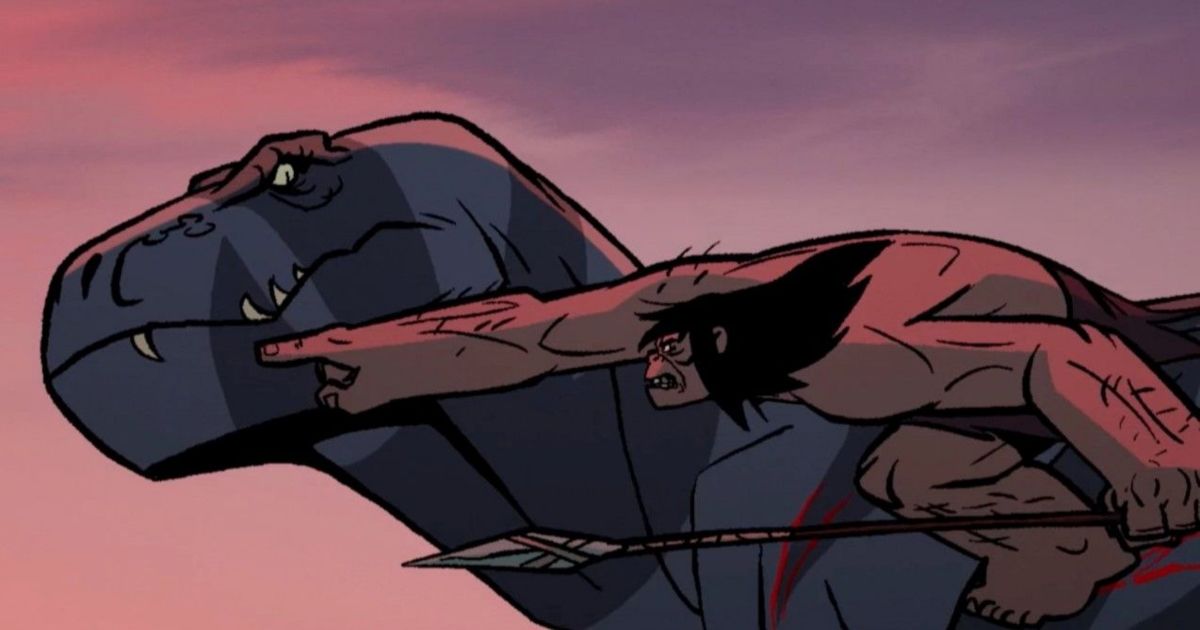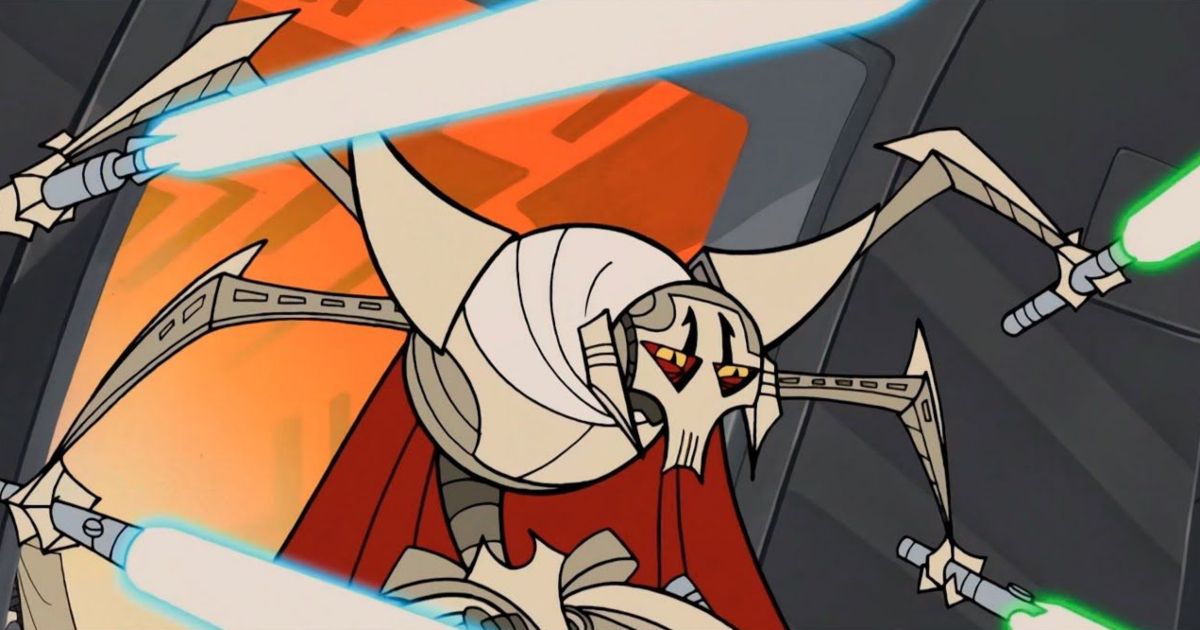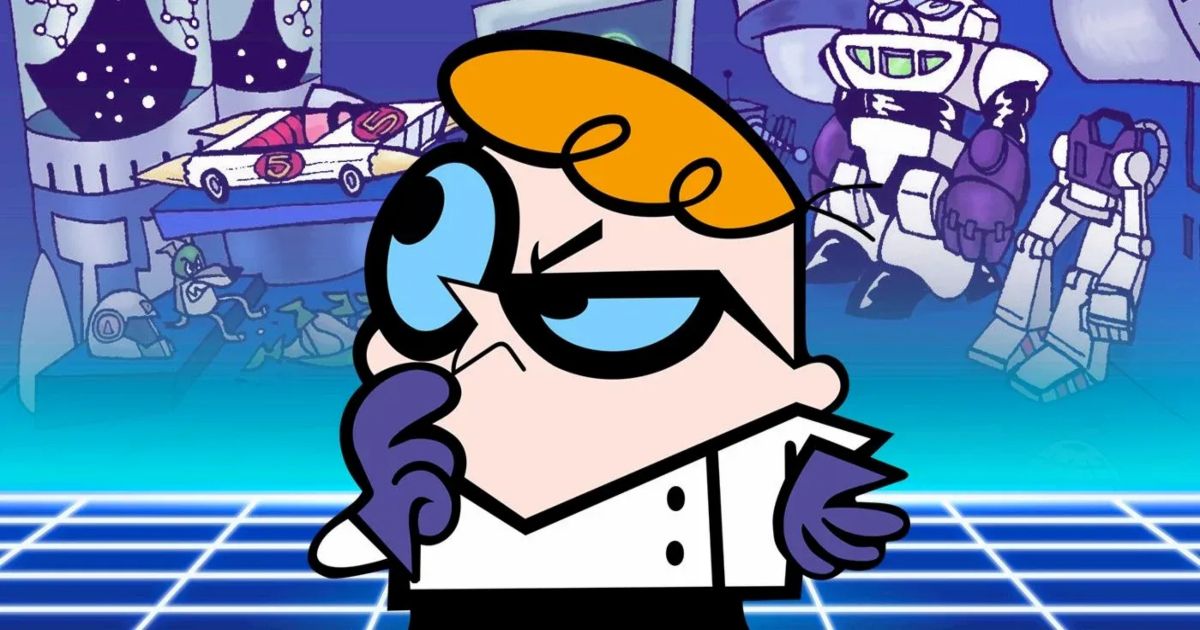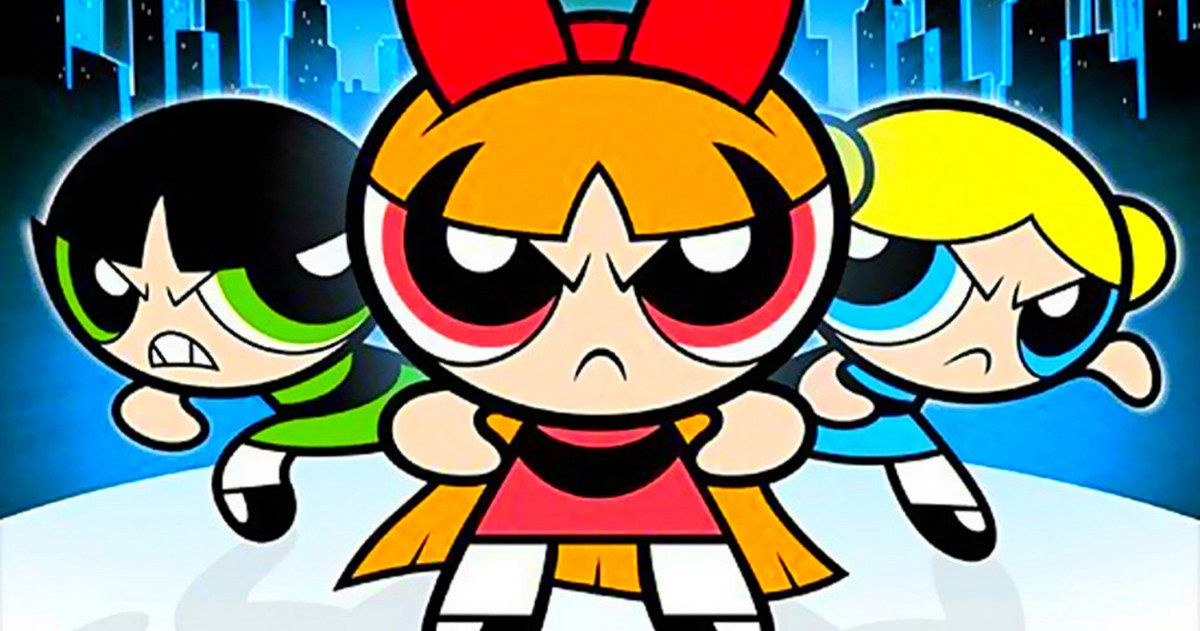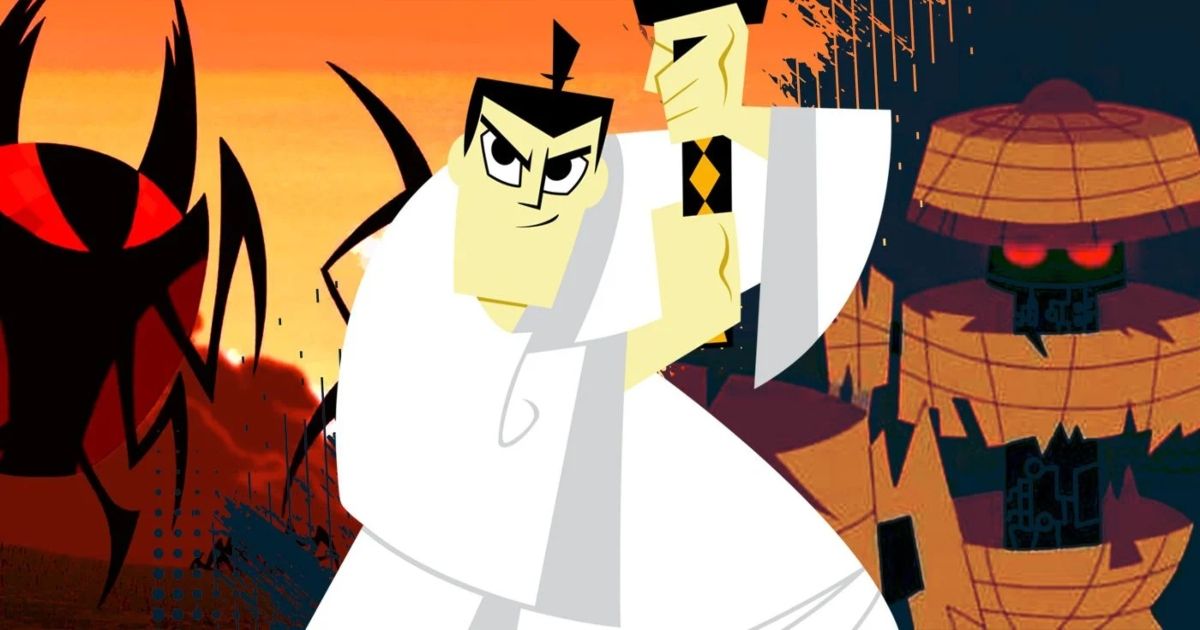Genndy Tartakovsky, the Russian creative (born "Gennady" and then simplified for America), helped pioneer the Cartoon Network global domination of the 1990s with major input in both Dexter's Laboratory and The Powerpuff Girls. Talking to the Moscow Times in 2015, Tartakovsky said: "When we came [to the US], my father — who had been a dentist for the Soviet Union's national ice hockey team — bought a television [...] Every Saturday I would be up at 6:30 a.m. to catch the Hanna-Barbera cartoons." Ironically, in the 90s Cartoon Network was practically made up solely of Hanna-Barbera cartoons (like classic Scooby-Doo), and Genndy Tartakovsky's own game-changing creations would be what shifted the network irrevocably.
Enjoying a spectacular relationship with the broadcaster that would raise both parties' names to a legendary status, Tartakovsky's work rate was next to none, and by a mere 25 he was directing his first series the great cartoon Dexter's Laboratory. The Dexter character originally came out of an extremely impressive short that Tartakovsky had made in college - one strong enough for CN to commission a whole show on.
With heavy influences from comic books and Japanimation, his work throughout the years has focused on outcasts and loners. Samurai Jack's whole journey was spent alone, trying to find his way home; Spear of Primal is a silent widower mourning his family; Dexter a hidden-away boy genius (persecuted in one episode by another kid for his differing accent); even the Powerpuff Girls focused on three very young girls growing up ostracized from the rest of youth, with powers they didn't always understand.
It's very rare that we write a list like this and every item included is a total slam dunk of a creation, but credit where it's due: Genndy Tartakovsky has been doodling since the mid-90s and steering the industry upwards with each new show.
6 Sym-Bionic Titan (2010-2011)
As the least well known on this list, Sym-Bionic Titan is also perhaps the most cult. Canceled too soon after only one season, the series finds a princess, her guard, and their robot sent to Earth to hide out while their planet is ravaged by traitor, Modula. The fish out of water premise can run a little thin, especially with no "human" character to root for, but SBT is E.T. by way of Power Rangers, so its creature designs each episode were the weekly stand-out for the show. In a career abundant with forever memorable monsters, Tartakovsky designed some impressively distinct beings in these 20 episodes. The voice cast is stacked with Tara Strong (aka Timmy Turner), Tom Kenny (aka SpongeBob), and John DiMaggio (aka Bender) all heavily featured.
5 Primal (2019-)
Primal is Tartokovsky's most adult-themed work so far, and all the better for it. Its dangerous world of sudden threats and near-silent heroes is akin to Samurai Jack, but Primal takes the stoicism of that show to a violent extreme with a new-found appreciation for silent film, as this epic clash between man, animal, and nature unfolds before your very eyes. What starts off as a straightforward revenge story turns into this artistic 'character against nature' type conflict as a caveman and a dinosaur try to get by. Before you know it, this series will wrap you up in its wonderfully atmospheric, surprisingly emotional, silent brilliance. In an interview with Polygon, Tartokovsky commented on the show's use of silence:
"[P]eople are forced to pay attention. Half the time, I know people are texting or whatever they’re doing. So you could hear the radio show and you could still keep up, but if you don’t watch the show, you’re not going to understand it at all. So we’ve had screenings where people are watching it and they forget that they’re eating lunch [and] they’re just sucked in. So I think the bleakness as you say, I’d like to say that it’s clean. Through the years of doing everything, we’ve been able to focus in our storytelling better and let things relax and unfold.
4 Star Wars: Clone Wars (2003-2005)
Before Star Wars: Clone Wars turned into an animated CGI series (and added the word The) in 2008, it existed in this incredibly intricate two-season run (with a 'third season' taking place on DVD). Set and released between Episode II: Attack of the Clones, and Episode III: Revenge of the Sith, this early Clone Wars was released as three minute or so long tasters between Cartoon Network's ad breaks. When put together, Clone Wars was an exceptionally sharp and Emmy-winning take on the futuristic world, and gave more life to the background characters that had appeared in the prequels (Jedi Ki Adi Mundi and Kit Fisto are both given fantastic moments entirely dedicated to them, and General Grievous is genuinely menacing) and fleshes them out. Canon in the Star Wars series (controversially wiped once Disney took over), we'd highly recommend watching this brief but tremendously entertaining series if you'd like to expand your take on the Skywalker saga.
3 Dexter's Laboratory (1996-2003)
In the most simple of kid's wishful thinking, a boy-genius has a secret lab in the bookshelf of his bedroom. Dexter's Lab technically ran from 1996-2003, though season two ended in 1998 before returning in 2001 with a pretty jarring and underwhelming update that featured a new voice cast and animation style, and without Tartakovsky for the final two seasons, the show felt like a shadow of itself. Nonetheless, the first two seasons of Dexter's Laboratory helped cement the Cartoon Network brand, and ehe fantastic 1999 television movie, Ego Trip (Cartoon Network's first feature), would focus on a time bending battle of wits between Dexter and Mandark as they team up with their future selves.
Episodes of the show have gotten lodged in the collective memory of a generation, including Dexter learning one line of French and becoming world renowned for it ("Omelette du Fromage!"), and the mecha suit that fires dodgeballs. Every one of the supporting players of Dexter's family are awesome, even the obnoxious Dee Dee. What we want most now is a belated hard-R Action Hank spin off. Make it happen, Adult Swim!
2 The Powerpuff Girls (1998-2005)
There is a parallel line between The Powerpuff Girls and their brother Dexter - not only did they make very sneaky cameos in each other's shows, but both series were responsible for Cartoon Network's 90s gold rush, both also had feature films, and both coincidentally aired 79 episodes in their runs.
In an entertainment landscape completely overrun with superheroes now, The Powerpuff Girls beat The Avengers to the punch. The Rogue's Gallery in this show really was something else, and the lore behind characters like Mojo Jojo run surprisingly deep. With a so-far (thankfully) failed attempt at a live action reboot earlier this year, it does show that the series still has a spot in people's hearts.
1 Samurai Jack (2001-2017)
Where do we even begin with a show like Samurai Jack? In a faultless merging of Eastern ethics amongst Western gung-ho sensibilities, a Samurai is flung into the future as he (in tow with a magic sword) is foretold to be the only one to be able to defeat a monstrous shape-shifting villain, Aku.
Samurai Jack really felt like something else when it happened. An overarching story that felt as determined as its protagonist was largely unheard of in the cartoon landscape, which, outside certain anime series, had only focused on episodic storytelling rather than longer arcs. It felt like it was getting to a destination, Jack moving ever-onward towards Aku while witnessing his now-present evil from the future was a fish out of water story with game changing sci-fi and incredible action segments.
Samurai Jack had one of the greatest intros to a series ever and the evil Aku, all ink-bodied and red-faced, is a terrifying villain for the ages. Jack returned for a short but terrific run again in 2017 which felt like a gift from Valhalla itself. Fun fact, Black Eyed Peas' Will.I.Am recorded the song for the original run's intro.

.jpg)
